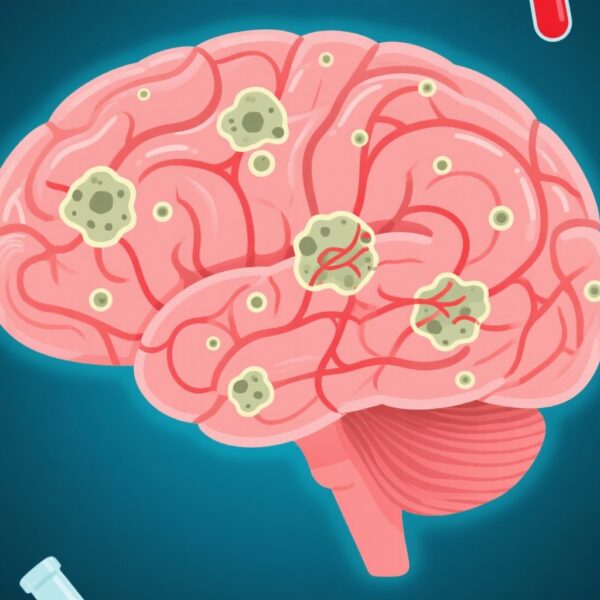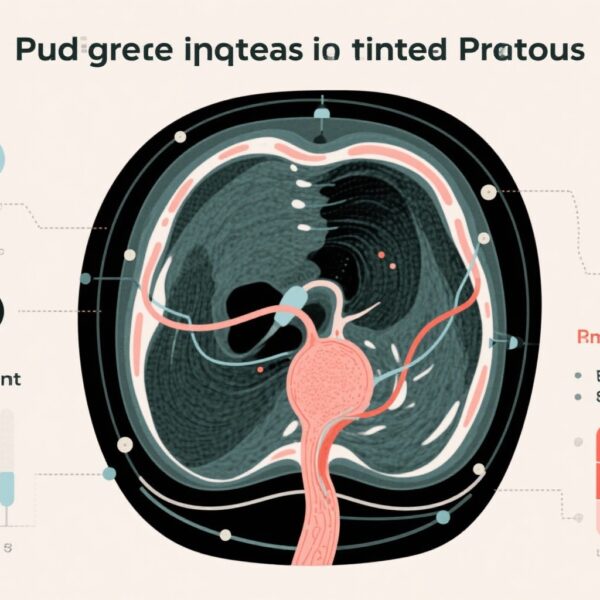Highlight
- Antidepressant treatment in bipolar depression was investigated in a large naturalistic cohort using propensity score matching to minimize confounding.
- No statistically significant increase in manic switch risk was observed with antidepressant use after propensity score adjustment.
- Antidepressant exposure was not associated with a significant improvement in symptomatic remission rates in bipolar depression.
Study Background
Bipolar disorder (BD) is a chronic psychiatric condition characterized by recurrent mood episodes, including depressive and manic or hypomanic states. Bipolar depression constitutes the most disabling phase and is a major contributor to disease burden, impaired functioning, and suicidality in affected individuals. Despite antidepressants being among the most commonly prescribed medications for bipolar depression, clinical trials have consistently reported minimal efficacy and raised safety concerns, particularly regarding the induction of manic or hypomanic episodes (manic switch). The ambiguity around antidepressant benefits and risks in this population poses a significant therapeutic dilemma and underscores the urgent need for robust real-world evidence.
Study Design
This investigation utilized data from the Systematic Treatment Enhancement Program for Bipolar Disorder (STEP-BD), a large, naturalistic, and longitudinal cohort study intended to capture real-world treatment outcomes. A total of 2166 individuals diagnosed with bipolar depression were included. Of these, 1085 were treated with antidepressants (AD), and 1081 were not exposed to antidepressants during the observation period.
A propensity score (PS) approach was employed to mitigate indication bias inherent in observational studies. Multivariate logistic regression models estimated each participant’s probability of receiving antidepressant therapy based on baseline covariates. Subjects were then matched on their propensity scores to create comparable groups for analysis. The primary endpoints were 1) symptomatic remission of depressive episodes, and 2) occurrence of a manic switch within the follow-up window.
Cox proportional hazards regression models evaluated the hazard ratios (HRs) for manic switch and time to remission, comparing antidepressant-exposed versus unexposed individuals, adjusted by PS matching. The mean follow-up period was approximately 182.5 days (median 126 days).
Key Findings
In the unadjusted analysis, the hazard ratio for manic switch with antidepressant exposure compared to non-exposure was 0.93 (95% confidence interval [CI], 0.67–1.14), indicating no significant difference in risk. After PS adjustment, the hazard ratio slightly decreased to 0.77 (95% CI, 0.51–1.08), but still did not reach statistical significance.
Regarding symptomatic remission, the unadjusted HR was 1.15 (95% CI, 0.97–1.37), suggesting a trend toward improved remission with antidepressants, but this was not statistically significant. After PS adjustment, the HR was 1.02 (95% CI, 0.87–1.23), demonstrating no meaningful difference.
These results indicate that, in this large naturalistic cohort controlling for baseline confounders, antidepressant treatment was neither associated with increased risk of manic switch nor with improved odds of symptomatic remission during bipolar depressive episodes.
Expert Commentary
The findings challenge the conventional concern that antidepressants substantially increase the risk of mania in bipolar depression, at least within the studied follow-up duration and population. The lack of significant efficacy in achieving remission also corroborates previous randomized controlled trials and meta-analyses that have questioned the benefit of antidepressants in this indication.
While the use of propensity score matching enhances the validity of this observational study by reducing confounding by indication, certain limitations remain. Residual confounding due to unmeasured variables cannot be entirely excluded. The median follow-up of roughly four months may not fully capture late-onset manic switches or long-term treatment benefits. Moreover, the heterogeneity within bipolar disorder subtypes, antidepressant classes, dosages, and adjunctive mood stabilizer usage may influence outcomes and warrant subgroup analyses in future research.
Biologically, the risk of manic switch has been hypothesized to relate to neurotransmitter imbalances triggered by antidepressants; however, the clinical relevance and magnitude of risk remain debated. Simultaneously, the modest efficacy highlights the complex and multifactorial pathophysiology of bipolar depression that may not adequately respond to monoaminergic antidepressant mechanisms alone.
Conclusion
This propensity score analysis from the STEP-BD cohort suggests that antidepressant use in bipolar depression does not significantly alter the risk of manic switch or increase the likelihood of symptomatic remission. These findings underscore the necessity for alternative therapeutic strategies beyond conventional antidepressants to improve clinical outcomes in bipolar depression. Clinicians should carefully weigh the modest evidence base, individual patient characteristics, and adjunctive therapies when considering antidepressant use in this complex disorder.
Funding and ClinicalTrials.gov
The original STEP-BD study was funded by the National Institute of Mental Health (NIMH). This secondary analysis did not report specific funding. STEP-BD is registered on ClinicalTrials.gov (NCT00027151).
References
1. Vöhringer PA, Barroilhet SA, Palma BA, Perlis RH. Antidepressant Remission and Manic Switch in Bipolar Depression: A Propensity Score Analysis. Acta Psychiatr Scand. 2025 Sep;152(3):228-235. doi: 10.1111/acps.13822.
2. Gijsman HJ, Geddes JR, Rendell JM, et al. Antidepressants for bipolar depression: a systematic review of randomized controlled trials. Am J Psychiatry. 2004 Sep;161(9):1537-47.
3. Murrough JW, Abdallah CG, Anticevic A, et al. Targeted treatments for bipolar depression: mechanism and efficacy. Curr Opin Psychiatry. 2020 Nov;33(6):531-540.



